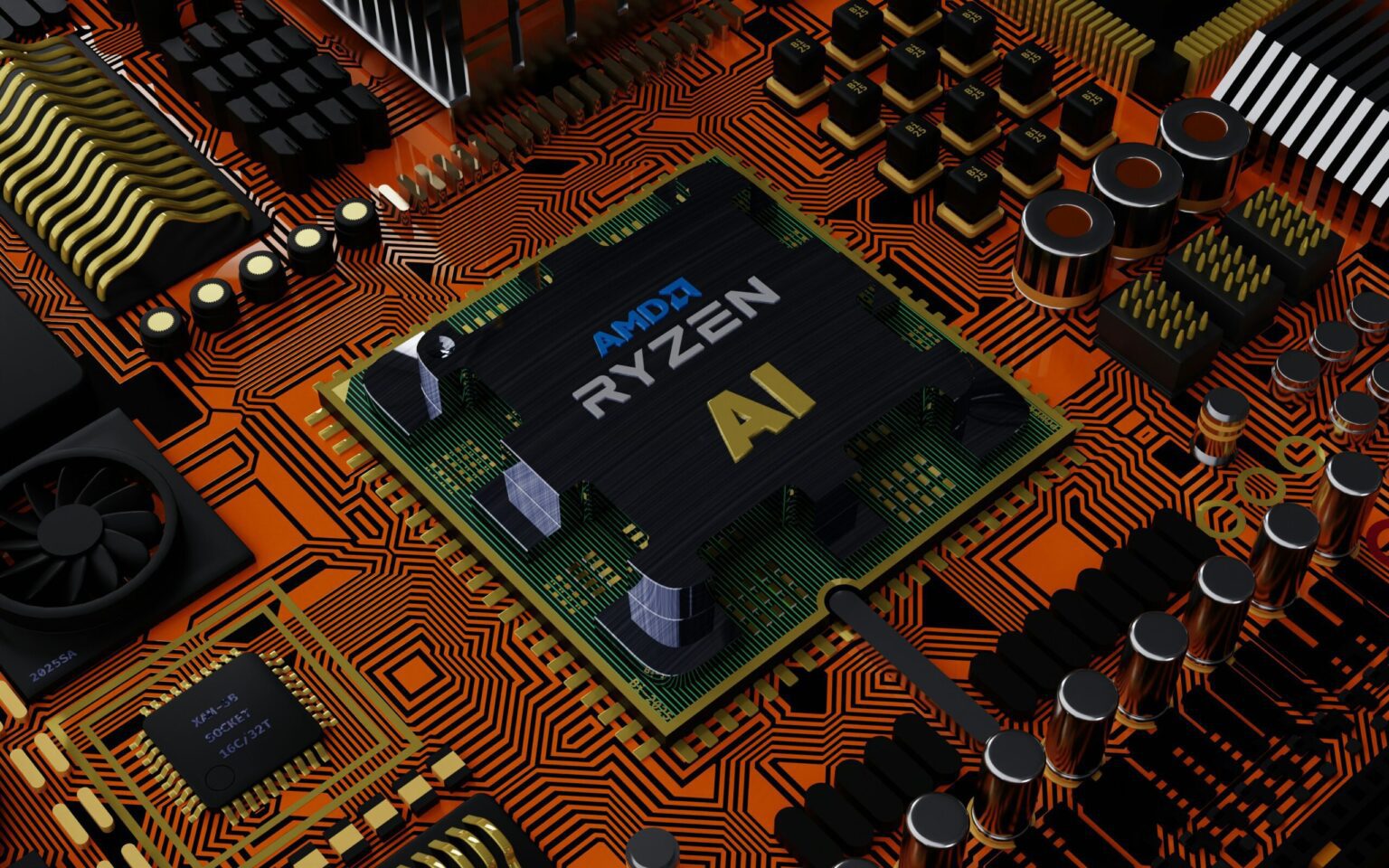AMD made a significant breakthrough in the realm of supercomputing with the announcement of its cutting-edge processor architecture. The company’s new design aims to push the boundaries of high-performance computing, bringing much-needed improvements in speed, efficiency, and scalability. As industries increasingly rely on data-driven insights and complex computational tasks, AMD’s innovation promises to be a game-changer, especially in the fields of scientific research, artificial intelligence (AI), and data analytics.
The new processor architecture introduces a range of advancements, including enhanced multi-threading capabilities, a higher number of cores, and the integration of advanced memory management systems. These features enable the processors to handle massive datasets and intricate calculations with greater speed and precision. Whether it’s simulating complex scientific phenomena, modeling climate change, or training deep learning models, the new architecture is designed to significantly reduce computation times, accelerating breakthroughs in these critical fields.
One of the key benefits of this new architecture is its ability to optimize the performance of supercomputers used by research institutions and enterprises alike. AMD’s focus on power efficiency also makes the processors ideal for large-scale data centers, where reducing energy consumption is a crucial factor in both operational costs and environmental impact. The company’s approach is poised to offer a competitive advantage, especially in a time when global efforts are increasingly focused on sustainability and reducing carbon footprints.
AMD’s new processor also sets a new standard in terms of scalability. As industries continue to expand their computing requirements, the architecture allows for the seamless integration of additional processors without significant overhead. This scalability makes it an attractive option for companies that need a flexible, future-proof solution capable of adapting to rapidly evolving technological landscapes.
The announcement also places AMD in direct competition with other major players in the high-performance computing market, such as Intel and NVIDIA. However, AMD’s aggressive approach to innovation, combined with its commitment to producing energy-efficient and cost-effective solutions, positions the company as a formidable contender in this rapidly growing sector. With research institutions, universities, and tech companies eagerly awaiting the release of these processors, AMD’s new architecture is expected to make an immediate and lasting impact on the supercomputing landscape.
As we look ahead, AMD’s supercomputing innovations are likely to redefine how computational power is harnessed, further fueling advancements in artificial intelligence, genomics, climate modeling, and more. The company’s ongoing dedication to pushing the limits of technology ensures that we are on the brink of a new era in supercomputing, where the power of data can be unlocked faster and more efficiently than ever before.
